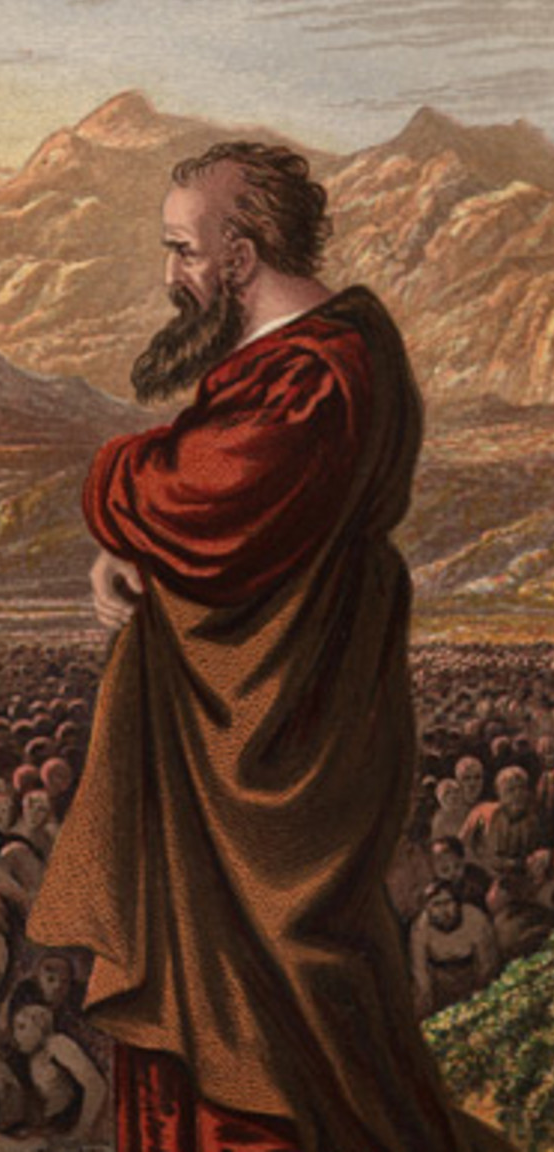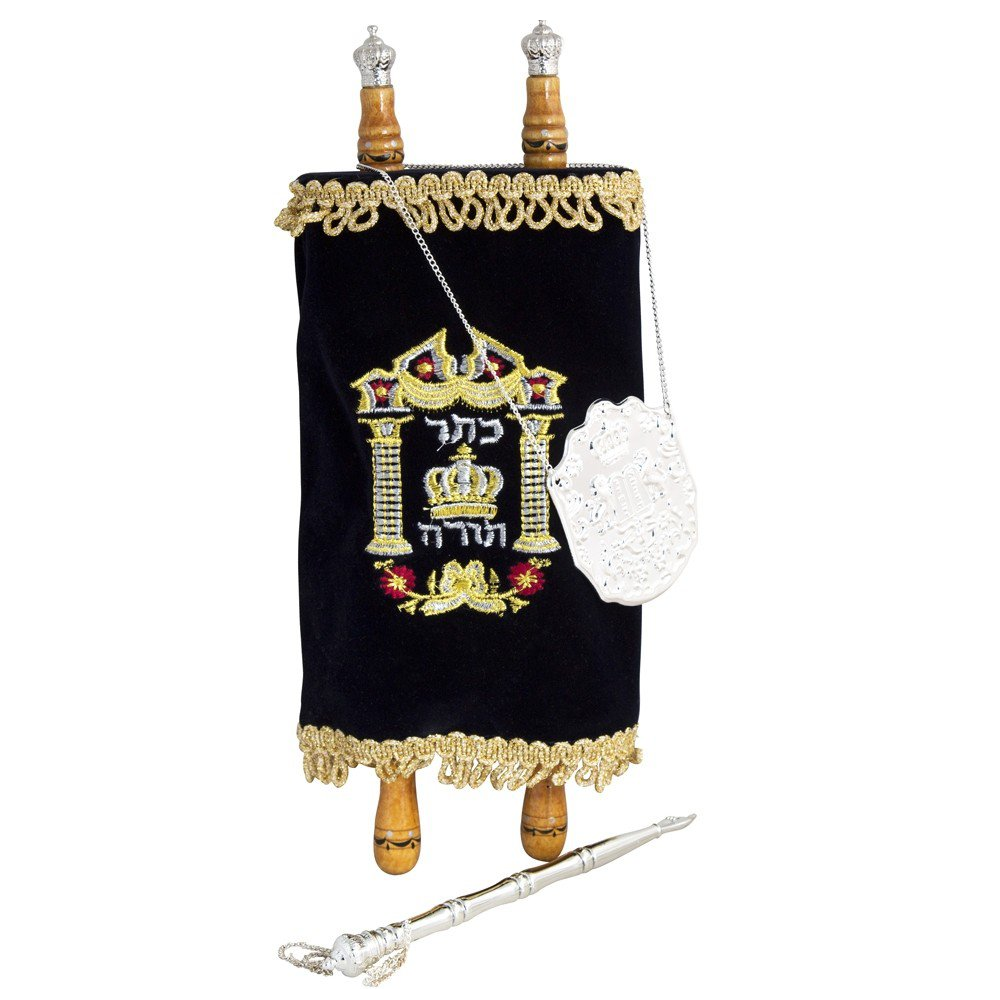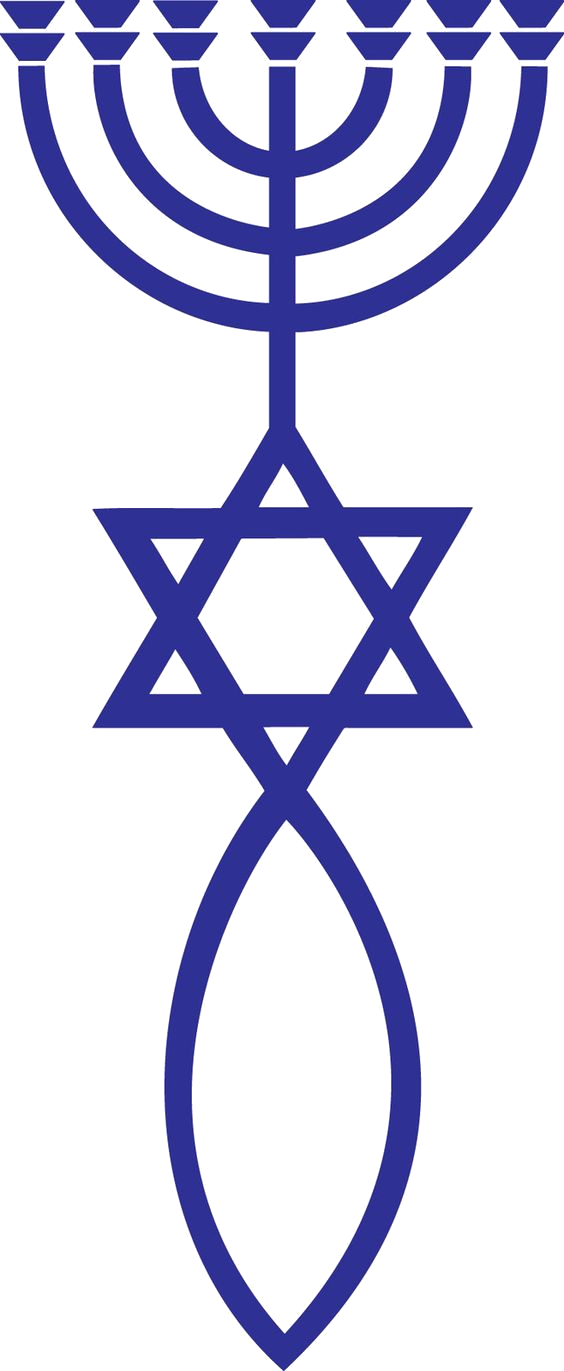|
Weekly Parashah |
|||||
| Torah: Genesis 44 : 18 – 47 : 27 | Haftara: Eze. 37:15–28 | Brit Chadashah: Jn. 5:1–47 Matt. 1:18-2:12 Luke 1:16-2:20 |
|||
| Vayigash (and he drew near) וַיִּגַּשׁ |
|||||
Scripture: |
Genesis 44 : 18 – 47 : 27 |
Torah |
|||
|
|
Judah Pleads for Benjamin18 Then Judah approached him and said, “I beg your pardon, my lord. Please let your servant say a word in my lord’s ears, and don’t be angry with your servant, since you are like Pharaoh. 19 My lord asked his servants saying, ‘Do you have a father or a brother?’ 20 So we said to my lord, ‘We have a father who is old, a child born to him of his old age is young. Now his brother is dead, so he is the only one of his mother’s children left, and his father loves him.’ 21 Then you said to your servants, ‘Bring him down to me so that I can look at him.’ 22 But we said to my lord, ‘The boy cannot leave his father. If he were to leave his father, he would die.’ 23 Then you said to your servants, ‘Unless your youngest brother comes down with you, you won’t see my face again.’ https://www.biblegateway.com/passage/?search=Gen.+44%3A18%E2%80%9347%3A27&version=TLV |
||||
Scripture: |
Ezekiel 37:15–28 |
Haftarah |
|||
Reunification of Southern and Northern Kingdoms15 The word of Adonai came to me saying: 16 “You, son of man, take one stick and write on it, ‘For Judah’—for Bnei-Yisrael joined with him. Then take another stick and write on it, ‘For Joseph’—the stick of Ephraim and all the house of Israel joined with him. 17 Join them one to another for yourself, as one stick, so they may become one in your hand. https://www.biblegateway.com/passage/?search=Eze.+37%3A15%E2%80%9328&version=TLV |
 |
||||
Scripture: |
Jn. 5:1–47
|
Brit Chadashah |
|||
|
|
5 After this there was a Jewish feast, and Yeshua went up to Jerusalem. 2 Now in Jerusalem there is a pool by the sheep gate, called Bethzatha in Aramaic,[a] which has five porches. 3 In these a crowd of invalids was lying around—blind, lame, disabled. (4 )[b] https://www.biblegateway.com/passage/?search=Jn.+5%3A1%E2%80%9347&version=TLV Matthew 1 : 18 – 2 : 12The Miraculous Birth of Yeshua18 Now the birth of Yeshua the Messiah happened this way. When His mother Miriam was engaged to Joseph but before they came together, she was found to be pregnant through the Ruach ha-Kodesh. 19 And Joseph her husband, being a righteous man and not wanting to disgrace her publicly, made up his mind to dismiss her secretly. 20 But while he considered these things, behold, an angel of Adonai appeared to him in a dream, saying, “Joseph son of David, do not be afraid to take Miriam as your wife, for the Child conceived in her is from the Ruach ha-Kodesh. 21 She will give birth to a son; and you shall call His name Yeshua, for He will save His people from their sins.”22 Now all this took place to fulfill what was spoken by Adonai through the prophet, saying, 23 “Behold, the virgin shall conceive and give birth to a son, and they shall call His name Immanuel,” which means “God with us.”[a]24 When Joseph woke up from his sleep, he did as the angel of Adonai commanded him and took Miriam as his wife. 25 But he did not know her intimately until she had given birth to a Son. And he called His name Yeshua. Wise Men Follow His Star2 Now after Yeshua was born in Bethlehem of Judea, in the days of King Herod, magi from the east came to Jerusalem, 2 saying, “Where is the One who has been born King of the Jews? For we saw His star in the east and have come to worship Him.”[b] https://www.biblegateway.com/passage/?search=Matt.+1%3A18-2%3A12&version=TLV Luke 1 : 16 – 2 : 2016 Many of Bnei-Yisrael will turn to Adonai their God. 17 And he will go before Him in the spirit and power of Elijah, to turn the hearts of fathers to the children[a] and the disobedient ones to the wisdom of the righteous, to make ready for Adonai a prepared people.18 Zechariah said to the angel, “How will I know this for certain? I’m an old man, and my wife is well-advanced in age.”19 And speaking to him, the angel declared, “I am Gabriel, the one standing in God’s presence. I was commissioned to tell you and proclaim to you this good news. 20 So look, you will be silent and powerless to speak until the day these things happen, since you did not believe my words which will be fulfilled in their time.” 21 The people were waiting for Zechariah and wondering about his long delay in the Holy Place. 22 But when he came out, he couldn’t speak to them. Then they realized that he had seen a vision in the Holy Place. He was making signs to them but remained mute. 23 When the days of his priestly service had been completed, he went home. 24 After these days, his wife Elizabeth became pregnant and hid herself for five months, saying, 25 “Adonai has done this for me! In these days He looked upon me, to take away my disgrace among the people.”[b] Prophecy of Birth to the Virgin26 Then in the sixth month, the angel Gabriel was sent by Adonai into a town in the Galilee named Natzeret 27 and to a virgin engaged to a man named Joseph, of the house of David. The virgin’s name was Miriam. 28 And coming to her, the angel said, “Shalom, favored one! Adonai is with you. https://www.biblegateway.com/passage/?search=Luke+1%3A16-2%3A20&version=TLV |
||||
Parashah in 60 seconds |
|||||
Music Styles Brass
Styles
On this radio station you will find the following music styles;
Brass
Brass Band music played on this station is in the British style of brass banding.
A British brass band is a musical ensemble comprising a standardised range of brass and percussion instruments. The modern form of the brass band in the United Kingdom dates back to the 19th century, with a vibrant tradition of competition based around communities and local industry, with colliery bands being particularly notable.
Bands using the British instrumentation are the most common form of brass band in the United Kingdom, Australia and New Zealand, and are also widespread in continental Europe, Japan and North America.
The tradition of the brass band is espicially noticable in the music of the Salvation Army who beside modern praise bands almost exclusively uses brass bands for the accompaniment and congregational music.
British Brass Bands are limited to specific instruments, excluding, for instance trumpets or French horns, which are found in orchestras and concert bands.
The standard instrumentation is as follows:[2]
- 1 soprano cornet (E♭)
- 9 cornets (B♭) –
- Front row: one principal cornet, three solo cornets
- Back row: one repiano Cornet, two 2nd cornets, two 3rd cornets
- 1 flugelhorn (B♭)
- 3 tenor horns (E♭; sometimes called alto horn in the United States and Germany) – solo, 1st, 2nd
- 2 baritone horns (B♭) – 1st, 2nd
- 2 tenor trombones (B♭) – 1st, 2nd
- 1 bass trombone (C), notated in bass clef
- 2 euphoniums (B♭)
- 2 E♭ basses, also known as E♭ tubas, notated in treble clef
- 2 BB♭ basses, also known as B♭ tubas, notated in treble clef
- 2 to 4 percussion
Salvation Army Band
In the UK, Salvation Army brass bands have run parallel to the main brass band movement since the 1870s. Salvation Army Bands range from small church bands to staff bands composed of the best Salvation Army bandsmen in the area. Their instrumentation is almost identical except for a minor difference in the cornet section whereby the repiano is dropped and the remainder of the row is made up of parts designated 1st and 2nd (two players each) rather than 2nd and 3rd; and that some major pieces have a split first trombone part, the lower part usually cued elsewhere in the band. Salvation Army Bands can be found in most countries around the world in which it operates.










